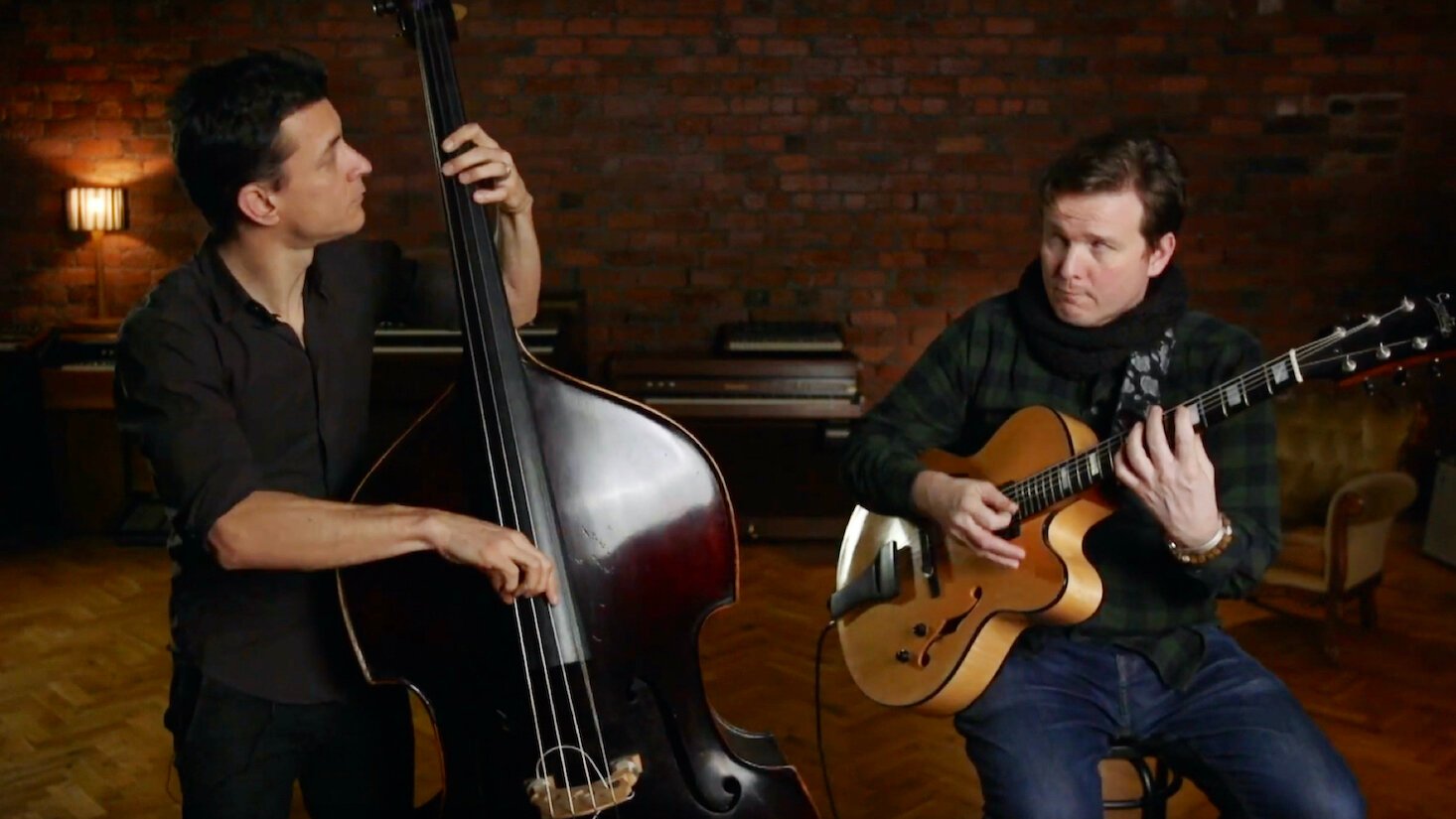Playing jazz on bass is a thrilling experience that allows you to explore your musical creativity. If you want to dive into the world of jazz bass, there are several tips that can help you master this style. In this article, we’ll share my top tips for playing jazz on bass, which will guide you in developing your skills and enhancing your sound.
Understanding the Role of Bass in Jazz
When playing jazz on bass, it’s crucial to understand the role of the bass in a jazz ensemble. The bass serves as the foundation of the music, providing harmony and rhythm. As a bassist, you will often play the root notes of chords, but your role extends beyond that. You must also interact with other musicians and contribute to the overall groove. Emphasizing the importance of rhythm and timing is essential when playing jazz on bass.

1. Focus on Your Timing and Rhythm
One of the most important aspects of playing jazz on bass is having solid timing and rhythm. Jazz often features complex rhythms and syncopation. To develop your timing, practice with a metronome and play along with recordings of jazz standards. This will help you internalize the swing feel and improve your ability to keep time while playing. Additionally, pay attention to how the bass interacts with the drums, as this relationship is key in jazz.
2. Learn the Chord Changes
Understanding chord changes is vital for playing jazz on bass. Jazz often features sophisticated chord progressions that can change quickly. Start by learning common jazz chord progressions, such as ii-V-I. Familiarize yourself with the key signatures and chord tones. Knowing the changes will allow you to outline the harmony effectively and make informed decisions about your bass lines.
3. Explore Walking Bass Lines
Walking bass lines are a fundamental part of jazz bass playing. A walking bass line typically consists of quarter notes that outline the chord changes, often incorporating scale tones and passing notes. To practice walking bass lines, start with simple chord progressions and gradually add complexity. Use a mix of chord tones, scales, and chromatic notes to create interesting lines that move smoothly between chords.
4. Incorporate Syncopation
Syncopation is a key element in jazz music that adds excitement and groove. When playing jazz on bass, don’t be afraid to experiment with off-beat rhythms and unexpected accents. This will make your playing more dynamic and engaging. You can practice syncopation by listening to jazz recordings and trying to emulate the rhythmic patterns you hear.
5. Embrace Improvisation
Improvisation is at the heart of jazz music. As a bassist, you should feel comfortable improvising bass lines and solos. To develop your improvisation skills, start by practicing scales and arpeggios. Experiment with different note choices and rhythmic variations. When playing with others, listen closely to what they are doing and respond musically. This interaction will help you grow as an improviser and make your playing more expressive.
6. Study Jazz Standards
Familiarizing yourself with jazz standards is crucial for any jazz musician. These songs often feature classic chord progressions and melodies that every jazz bassist should know. Start with popular standards like “Autumn Leaves,” “Blue Bossa,” and “Take the ‘A’ Train.” Learn the melodies and chord changes, and practice playing them in different keys. This will deepen your understanding of jazz and expand your repertoire.
7. Listen to Jazz Greats
Listening to legendary jazz bassists can greatly enhance your playing. Pay attention to their techniques, phrasing, and overall sound. Some notable jazz bassists include Ray Brown, Charles Mingus, and Ron Carter. Listen to their recordings and try to emulate their styles. This will give you insights into different approaches to playing jazz on bass.
8. Use Appropriate Technique
Technique plays a significant role in your ability to express yourself on the bass. When playing jazz, focus on developing a relaxed and efficient playing style. Pay attention to your hand position, finger placement, and bowing techniques (if you play upright bass). Practicing scales and exercises will help you build strength and dexterity, allowing you to execute your musical ideas more easily.
9. Collaborate with Other Musicians
Playing jazz is often a collaborative experience. Jamming with other musicians can help you develop your skills and learn how to interact musically. Look for local jam sessions or find musicians to play with. Collaborating with others will challenge you to think on your feet and enhance your improvisational abilities.
10. Keep Practicing and Experimenting
Finally, the key to mastering jazz on bass is consistent practice and experimentation. Set aside time each day to work on your skills, whether it’s playing scales, practicing walking bass lines, or improvising over chord changes. Don’t be afraid to try new things and step outside of your comfort zone. The more you practice, the more confident you will become in your abilities.
Conclusion
In conclusion, playing jazz on bass is an exciting journey that requires dedication and practice. By focusing on timing, learning chord changes, exploring walking bass lines, and embracing improvisation, you can enhance your skills and express your musicality. Remember to study jazz standards, listen to great jazz bassists, and collaborate with other musicians. With these tips in mind, you’ll be well on your way to becoming a proficient jazz bassist.







